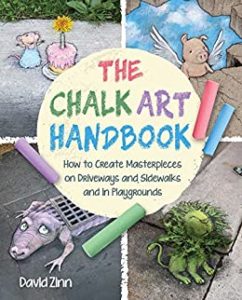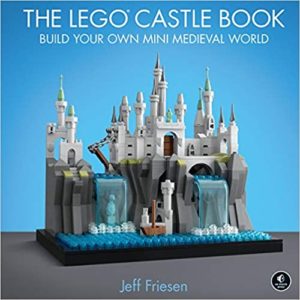Space Opera by Catherynne M. Valente
SPACE OPERA by Catherynne M. Valente is a book so up my alley that I put off reading it for years because I was afraid it couldn’t live up to how amazing it sounded. I can tell you now that I was wrong.
But before I tell you about the book, let me ask: have you heard of Eurovision? It’s an annual song contest that the nations of Europe have been putting on since 1956. Each country brings a song and performs it live, and the entire thing is broadcast on TV for the viewers at home. Sort of like the Olympics for pop music.
SPACE OPERA is Eurovision, but in space.
Decibel Jones – former front man of the one-time super-group Decibel Jones and the Absolute Zeros – is asleep in his tiny London apartment when he is visited by an electric blue flamingo creature claiming to be from another planet.
The creature is called an Esca, and she has come to Earth with a somewhat threatening invitation.
She explains that all of the known sentient species in the universe come together annually for a song contest. They play whatever they have for instruments and sing with whatever they use to produce speech – be it a mouth, a trunk, or a hollow melodic rib cage.
All species who have developed the capability for space travel are required to send a representative to the contest. Meaning that Earth must now participate. And as a race applying for intergalactic recognition of their sentience, they must place better than dead last.
If they come last, they will have proven they are not sentient, not able to coexist with the other species, and their entire race will be wiped out – in order to protect the other races from the threat of a non-sentient species wreaking havoc on everyone else.
The Esca explains the stakes to Decibel, and every other human on the planet simultaneously. She then presents humanity with a list of performers that have the best chance of succeeding in the Metagalactic Grand Prix. At the very bottom of the list: Decibel Jones and the Absolute Zeros.
Next thing he knows, Dess finds himself and his ex-bandmate, Oort St. Ultraviolet, onboard a starship headed for the Metagalactic Grand Prix, with the fate of the world on their shoulders.
The two of them must write and perform a new song that will appeal even a little bit to a panel of intergalactic judges, while rubbing elbows with unusual beings from across the universe.
SPACE OPERA is so much fun to read. Valente mixes in a lot of humor and heart into her story of impending global destruction. Readers get glimpses into what people back on earth are experiencing as they watch the Grand Prix and glimpses into Dess’ childhood, as a kid dancing around in his grandmother’s scarves and a teen designing his first stage outfit from the thrift store bargain bins.
From their conception, Decibel Jones and the Absolute Zeros were decidedly glam. They were a mid-2000s British pop sensation that burned briefly, but brightly.
The three members of the band, Dess, Oort, and Mira Wonderful Star, were a world all their own. Until Mira died tragically years ago. Without her, and with the band already falling from the spotlight, Dess and Oort didn’t have a reason to keep going. Dess made a go at a solo career, and Oort got married and had two kids.
Decibel Jones is Arthur Dent meets Lady Gaga; he’s a stranger out in the galaxy, but he tries very hard to treat everything with the practiced disinterest you expect from a rockstar. And if you don’t like Dess, then you will like Oort, who is the epitome of steady – the rock that kept the Absolute Zeros together while they lasted.
Valente has presented an excellent example of my favorite kind of science fiction, the kind that has gone out to space to have fun. She has taken cues from The Hitchhiker’s Guide to the Galaxy, which is the gold standard funny sci-fi book.
Valente dedicates paragraphs to the history of an alien species or the peculiarities of its home world – a convention that Douglas Adams used liberally in Hitchhiker’s. Her story is brief, but the world she has built is populated with so many interesting characters that SPACE OPERA has only just scratched the surface.




